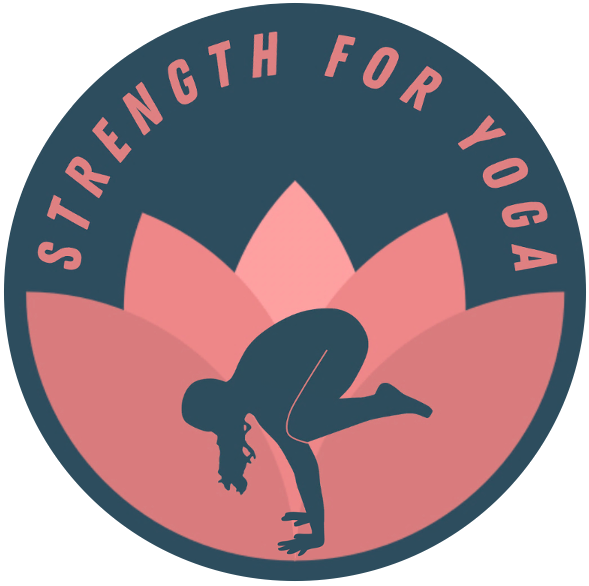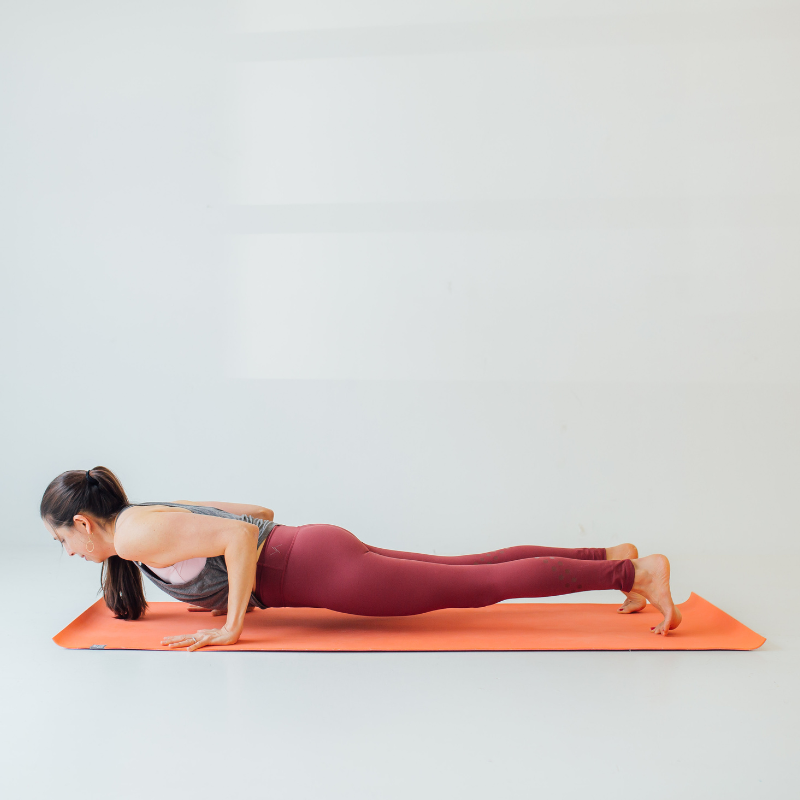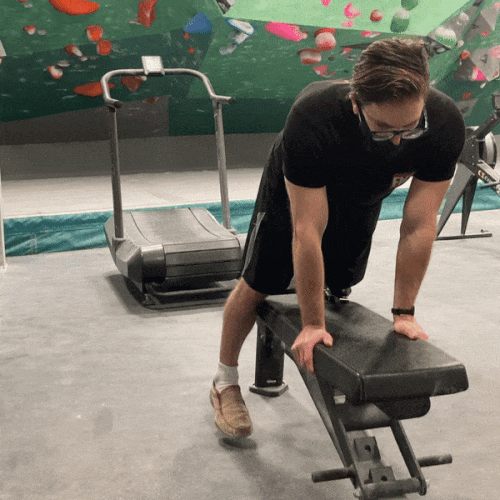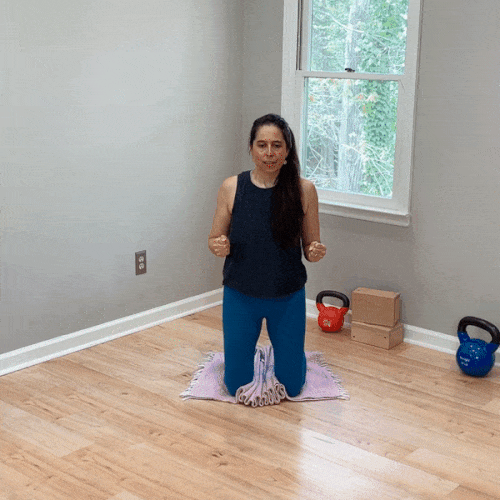Strength Sequencing Mini-Lesson
Q: Which exercises should I group together when I’m designing a strength workout?
This is a foundational question when it comes to constructing a strength training program.
In our Strength for Yoga programs, we most often break the exercises in any single workout up into sets of 2 – also known as supersets.
To perform a superset, you start with exercise #1. Then you move briskly to your first set of exercise #2. After that, you rest and then return to exercise #1 for your second time through the superset. You repeat the superset 2-3 times and then move on to your next superset.
But how do you decide which exercises to pair in the superset?
There are many factors that influence this decision, but we typically prioritize choosing two "non-competing" exercises (i.e., exercises that don’t interfere with each other).
A straightfoward example of two exercises that don't interfere with each other would be one for the upper body and one for the lower body, such as a push-up and a squat:
We can also pair two upper body or two lower body exercises together, as long as they don't involve the same biomechanical demands.
For the upper body, an example would be to pair an upper body *pushing* exercise with an upper body *pulling* exercise, like bench press (push) and pull-ups (pull).
And for the lower body, here's an example involving two less common exercises: the straight-leg fire hydrant and the frog adductor slide:
Both of these exercises target the hips, but because they target the hips from opposite directions, they're actually quite a complementary and innovative duo, if we do say so ourselves! 😉
The straight-leg fire hydrant strengthens the lateral hip muscles (the hip abductors). By the way, you don't have a bench, you can do this exercise on two chairs placed side-by-side — or on the floor, just with a smaller range of motion.
Meanwhile, the frog adductor slide targets the inner thigh and hip. You can also do this exercise with your hands on the floor (i.e., in a tabletop position) for a less challenging variation.
This pairing of outer and inner hip strength is an exact superset we programmed in a previous phase of our Remote Group Training program, and our members loved it!
Designing creative, effective programs that make sense biomechanically is a big part of what we do in Remote Group Training.
Start your free 7-day trial of Remote Group Training and build strength with us today!
You Might Also Like…








